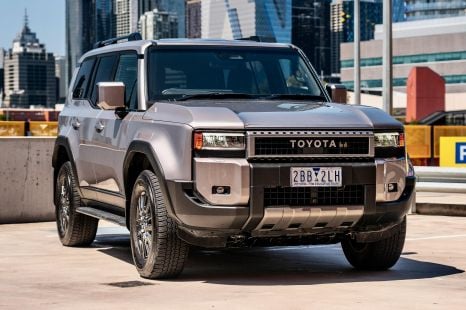

Max Davies
2025 Toyota Prado GXL review
3 Months Ago
Audi has revealed the cabin of its upcoming Q6 e-tron electric SUV, which debuts a new interior design language for the brand.
The Q6 e-tron will finally enter production at the company’s Ingolstadt plant this year, with software development issues reportedly delaying its launch.
It could arrive in Australia during 2024.
Audi says the Q6 e-tron features its all-new E3 electrical architecture.
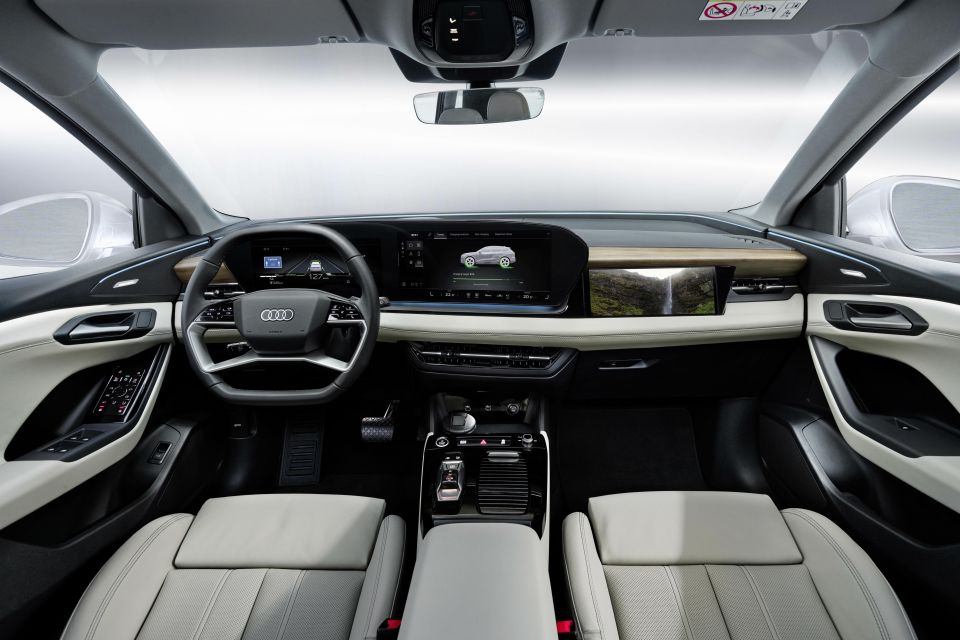
Behind the steering wheel sits a large dual screen “digital stage” display that provides driving data to the driver and acts as an infotainment hub.
The screens sit behind one pane of glass and feature OLED technology.
The “virtual cockpit” in front of the driver measures 11.9 inches while the infotainment touchscreen measures 14.5 inches.
Next to the curved display is a 10.9 inch display for the front passenger. This screen features a polariser film allowing passengers to “watch movies undisturbed without distracting the driver”.
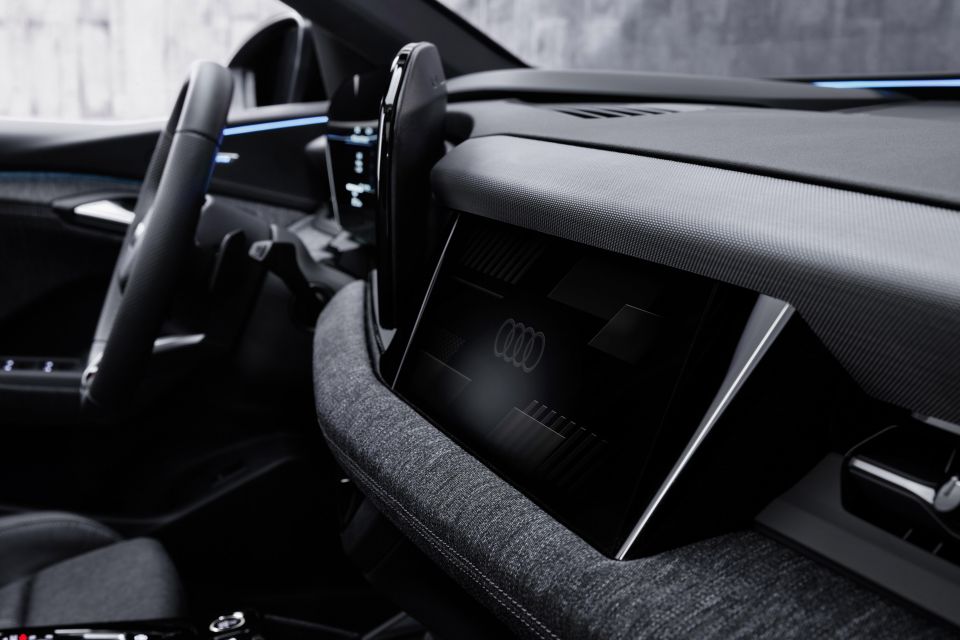
Ahead of the driver is an available augmented reality (AR) head-up display.
Virtual images are tilted forwards to appear more natural to the driver, with the virtual display measuring 88 inches diagonally.
The display can cast images that appear like they’re 200 metres down the road. The images can even interact with the surrounding environment.
The virtual display also shows critical information such as traffic signs and navigation information.
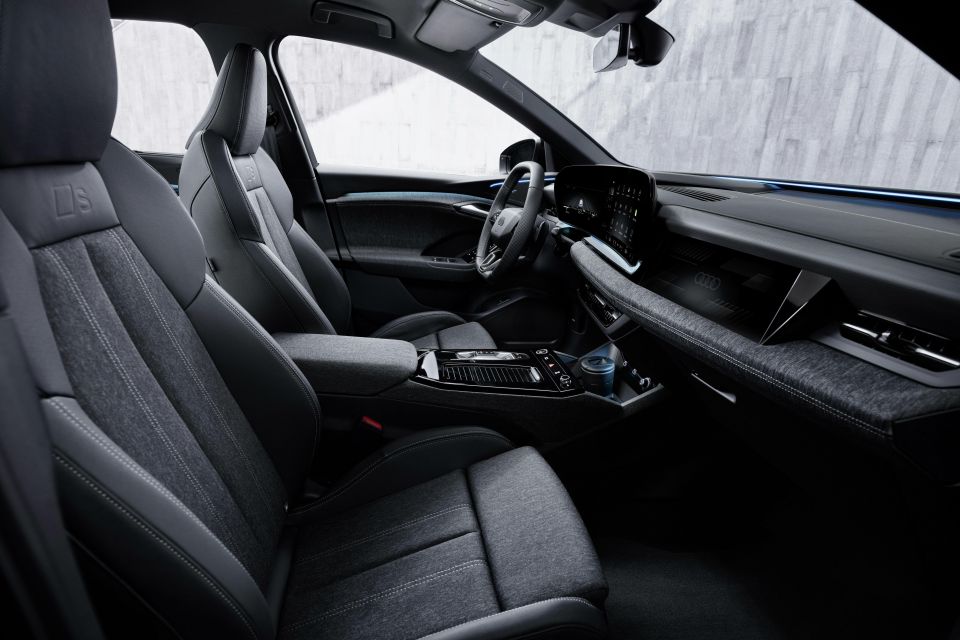
A new Android-based operating system also features a new self-learning voice assistant, represented by an avatar in the dashboard screens or on the AR display.
The assistant learns from the driver to offer “proactive suggestions” and will learn the driver’s routines to set up the cabin according to what the driver likes.
An optional 22-speaker 830W Bang & Olufsen 3D sound system is also available.
Audi’s new-style steering wheel greets the driver with the brand’s new 2D badge and touch-sensitive buttons – even as parent company Volkswagen moves away from the technology.
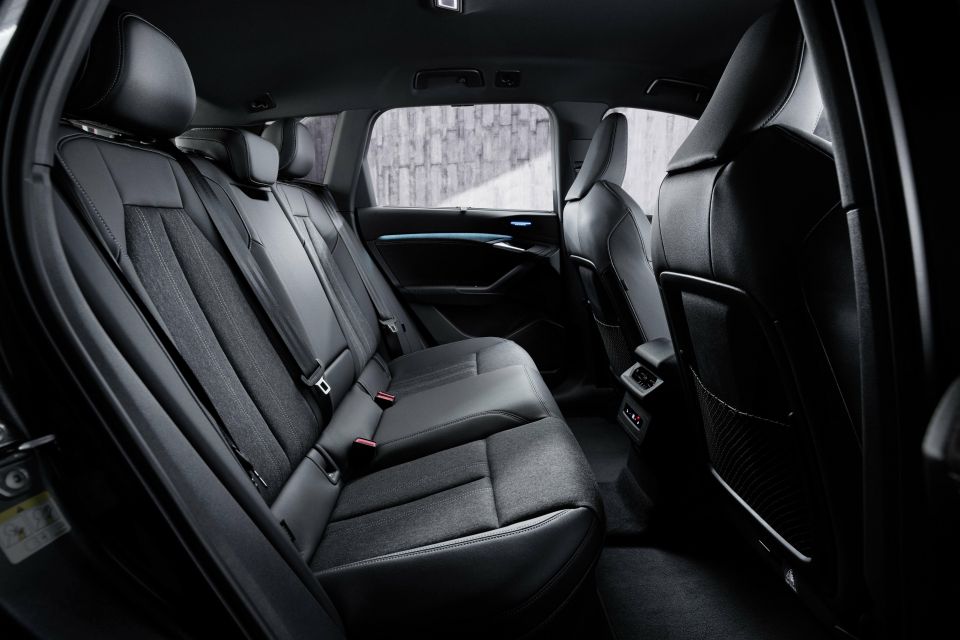
There are two different wheel designs: one with a more squared-off, three-spoke design and perforated leather, likely available as part of an S-line appearance package, while the other has a two-spoke design and leather wrapping.
Material choices vary between standard and S line variants, with “Softwrap” coated trim pieces adding contrast.
Seats, headliner and Softwrap elements can be specified with Nappa leather or a combination of sustainable and recycled fabrics.
These include recycled polyester and Dinamica microfibre in S line models. Inlays are available in wood, brushed aluminium or a mesh trim also made from recycled polyester, while the floor mats are made from Econyl, derived from recycled materials like old fishing nets and carpets.
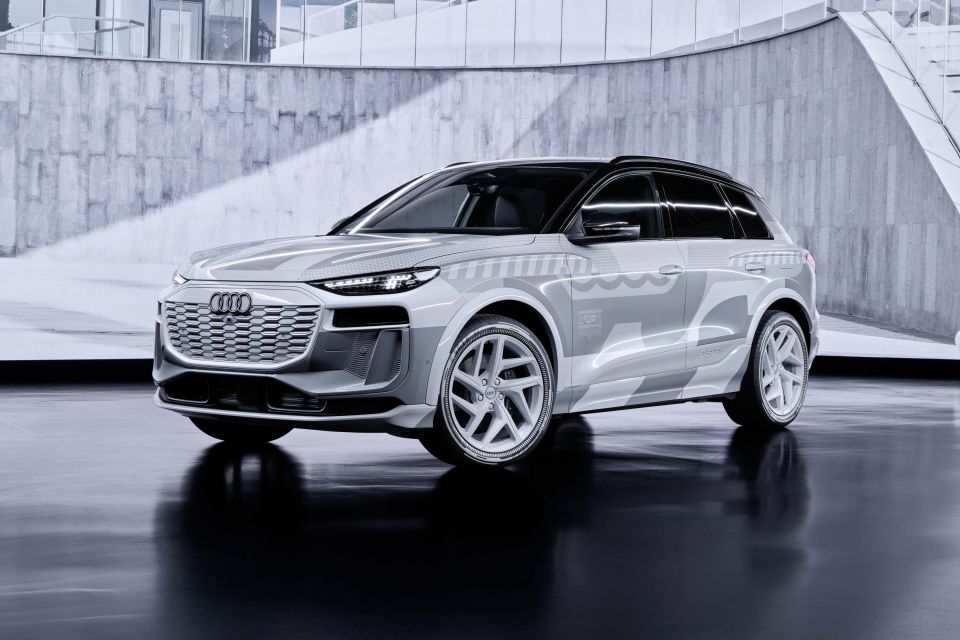
In terms of storage space, the Q6 e-tron offers two cup holders, a wireless charging tray for mobile devices and two smartphone charging ports.
The boot offers 526 litres of space that expands to 1529 litres with the rear seats folded down. That’s almost identical to petrol- and diesel-powered Q5s, which offer between 520-1520L.
The rear seats can split-fold individually (40:20:40). A ‘frunk’ under the bonnet houses another 64 litres of space.
The Q6 e-tron’s boot space is still eclipsed by the Tesla Model Y. The Model Y offers boot space of between 971 and 2158 litres, with its ‘frunk’ offering an additional 117 litres of storage space.
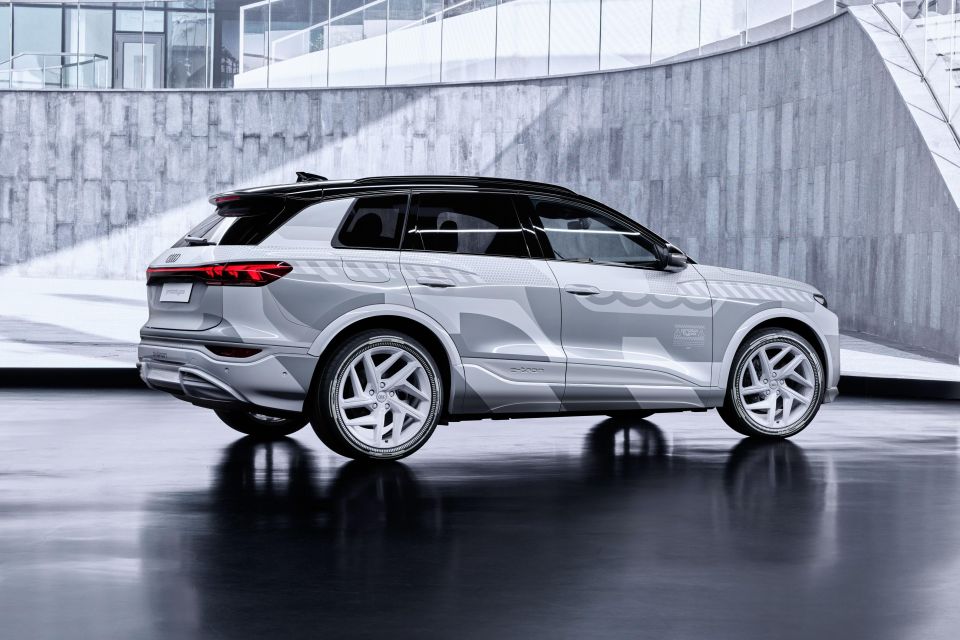
Complete with sustainable materials and a three-screen layout, the Q6 e-tron takes Audi’s interior design in a new direction.
“The three-dimensional, high-contrast design deliberately places elements in the foreground or background, creating a three-dimensional spatial architecture with aesthetics and ergonomics perfectly tuned to the occupants,” the company says in its press release.
Audi has more or less revealed the Q6 e-tron’s exterior, with the latest photos showing it with a distinctive wrap.
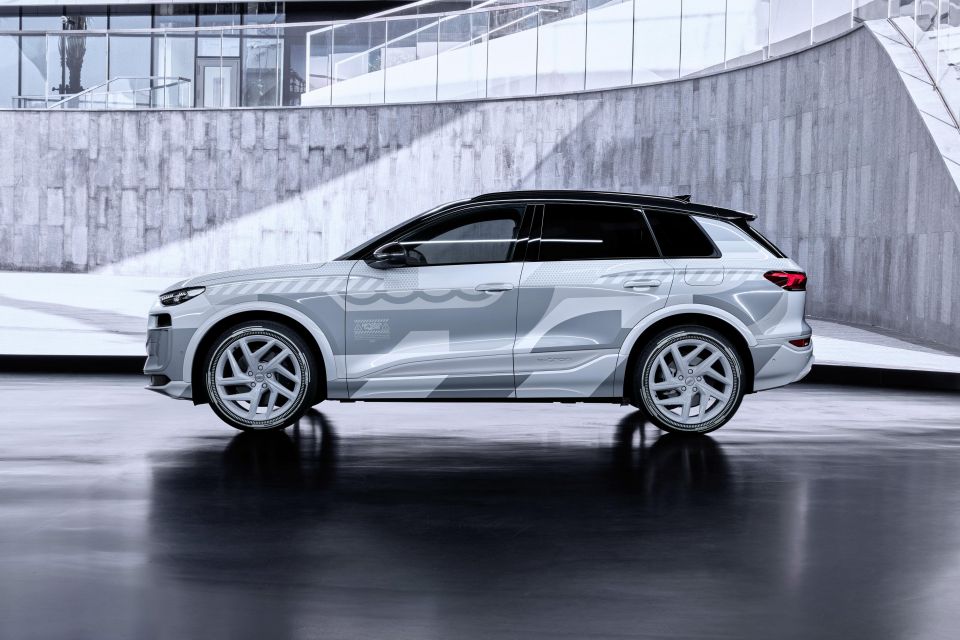
The Q6 e-tron rides on the new Premium Platform Electric shared with the upcoming Porsche Macan EV, and will sit between the Q4 and Q8 e-trons with similar proportions to the current internal-combustion Q5.
Exact powertrain details are yet to be confirmed but PPE-based vehicles will offer electric range of up to 600km, and support both single-motor rear-wheel drive and dual-motor all-wheel drive configurations.
The platform will also offer an 800V electrical system like the J1 platform used in the Porsche Taycan and Audi e-tron GT, and will have DC fast-charging speeds of up to 350kW.
Where expert car reviews meet expert car buying – CarExpert gives you trusted advice, personalised service and real savings on your next new car.


Max Davies
3 Months Ago


Matt Campbell
2 Months Ago
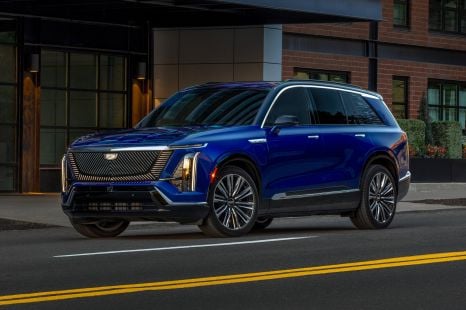

William Stopford
2 Months Ago
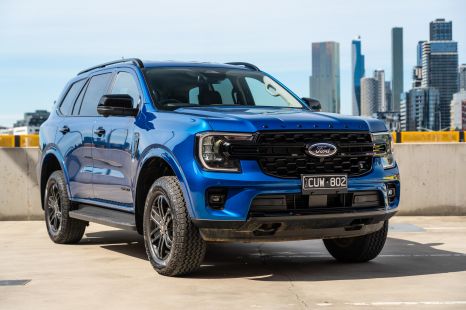

Josh Nevett
2 Months Ago


Max Davies
1 Month Ago
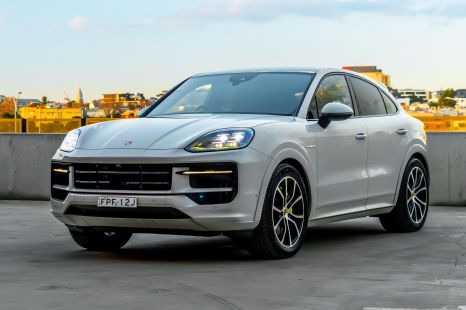

James Wong
25 Days Ago